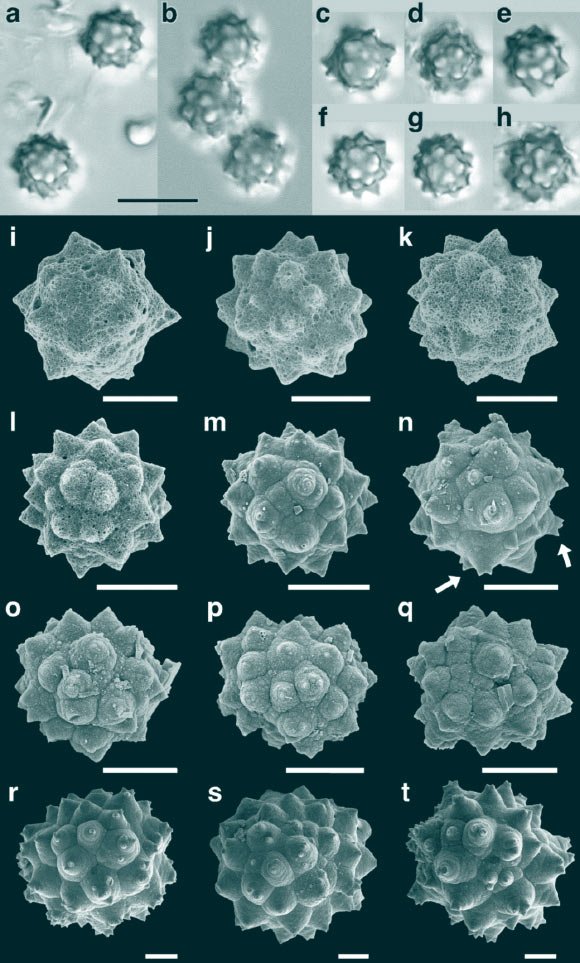Tropical riparian ecosystems — those found along rivers and wetlands — in what is now North China recovered within as little as 2 million years after the end-Permian extinction, one of the most devastating bio-crises in the history of life, destroying both marine and terrestrial ecosystems.

An illustration depicting the onset of the end-Permian mass extinction. Image credit: Dawid Adam Iurino / PaleoFactory, Sapienza University of Rome / Jurikova et al, doi: 10.1038/s41561-020-00646-4.
The end-Permian mass extinction occurred around 252 million years ago, and wiped out over 80% of marine species and 70% of terrestrial species due to extreme environmental changes including global warming, ocean acidification and prolonged droughts.
“Recovery in marine life after the end-Permian extinction has been extensively studied, but the timeline of ecosystem recovery in life on land is much less understood,” said Dr. Li Tian, a researcher at the China University of Geosciences.
“Whereas it has long been theorized that low latitudinal land regions remained uninhabitable for an extended period of time, 7-10 million years after the extinction, our results suggest that some ecosystems were more adaptable than previously thought.”
To reconstruct the timeline of ecosystem recovery on land, Dr. Tian and colleagues analyzed trace fossils (such as burrows and footprints), plant remains and vertebrate fossils preserved in sedimentary rocks spanning the Early Triassic, which followed the end-Permian extinction around 252-247 million years ago.
These fossils were obtained from lake and river deposits in the central North China Basin.
The researchers used a combination of techniques such as biostratigraphy, ichnology (the study of trace fossils), sedimentology and geochemical analyses.
Their studies suggest a harsh environment at the start of the Early Triassic period, with only sparse and simple life remaining.
The fossils from this period indicate a monospecific community, meaning that only a single type of organism dominated, with little evidence of biodiversity.
The fossils showed a notable reduction in organism size compared to before the end-Permian extinction — a common indicator of extreme environmental stress.
However, fossils from the Spathian stage (around 249 million years ago) showed an increase in plant stems, root traces, and signs of burrowing activity, suggesting a more stable and structured environment.
The scientists also discovered fossils of medium-sized carnivorous vertebrates, indicating that multi-level food webs had been established by this stage.
The resurgence of burrowing behavior, which had largely disappeared after the extinction event, was a key finding.
Burrowing behavior plays an important role in aerating sediment and cycling nutrients in riparian ecosystems and suggests that animals during this time adapted to environmental stresses by escaping underground.
The findings challenge the view that ecosystem recovery on land after the extinction lagged significantly behind marine life, revealing that some ecosystems were already stabilizing within a relatively short geological time frame.
“Our study is the first to suggest that, contrary to past assumptions, life in tropical-subtropical riparian ecosystems rebounded relatively quickly after the end-Permian mass extinction,” said Dr. Jinnan Tong, also from the China University of Geosciences.
“The fossil records we studied suggest that riparian zones played a crucial role in stabilizing ecosystems after the extinction.”
“Rivers and wetlands may have acted as refuges, providing more stable conditions that allowed life to rebound more quickly than drier, inland regions.”
The team’s paper was published online in the journal eLife.
_____
Wenwei Guo et al. 2025. Rapid riparian ecosystem recovery in low-latitudinal North China following the end-Permian mass extinction. eLife 14: RP104205; doi: 10.7554/eLife.104205.1











